Marks’ Basic Medical Biochemistry A Clinical Approach 6th Edition Lieberman Test Bank
Nursing Test Bank
Overview
Marks’ Basic Medical Biochemistry A Clinical Approach 6th Edition Lieberman Test Bank provides learners comprehensive rational rich questions applicable to the health care environment with a special focus biochemistry, clinically oriented introduction to the essential concepts of medical biochemistry, emphasizing their application in diagnosing and managing diseases. Pass your classes with ease with this great study source!
Chapter 1 Metabolic Fuels and Dietary Components
Chapter 2 The Fed or Absorptive State
Chapter 3 Fasting
Chapter 4 Water, Acids, Bases, and Buffers
Chapter 5 Structures of the Major Compounds of the Body
Chapter 6 Amino Acids in Proteins
Chapter 7 Structure–Function Relationships in Proteins
Chapter 8 Enzymes as Catalysts
Chapter 9 Regulation of Enzymes
Chapter 10 Cell Structure and Signaling by Chemical Messengers
Chapter 11 Structure of the Nucleic Acids
Chapter 12 Synthesis of DNA
Chapter 13 Transcription: Synthesis of RNA
Chapter 14 Translation: Synthesis of Proteins
Chapter 15 Regulation of Gene Expression
Chapter 16 Use of Recombinant DNA Techniques in Medicine
Chapter 17 The Molecular Biology of Cancer
Chapter 18 An Introduction to Human Genetics
Chapter 19 Basic Concepts in the Regulation of Fuel Metabolism by Insulin, Glucagon, and Other Hormones
Chapter 20 Cellular Bioenergetics: Adenosine Triphosphate and O2
Chapter 21 Digestion, Absorption, and Transport of Carbohydrates
Chapter 22 Generation of Adenosine Triphosphate from Glucose, Fructose, and Galactose: Glycolysis
Chapter 23 Tricarboxylic Acid Cycle
Chapter 24 Oxidative Phosphorylation and Mitochondrial Function
Chapter 25 Oxygen Toxicity and Free-Radical Injury
Chapter 26 Formation and Degradation of Glycogen
Chapter 27 Pentose Phosphate Pathway and the Synthesis of Glycosides, Lactose, Glycoproteins, and Glycolipids
Chapter 28 Gluconeogenesis and Maintenance of Blood Glucose Levels
Chapter 29 Digestion and Transport of Dietary Lipids
Chapter 30 Oxidation of Fatty Acids and Ketone Bodies
Chapter 31 Synthesis of Fatty Acids, Triacylglycerols, and the Major Membrane Lipids
Chapter 32 Cholesterol Absorption, Synthesis, Metabolism, and Fate
Chapter 33 Metabolism of Ethanol
Chapter 34 Integration of Carbohydrate and Lipid Metabolism
Chapter 35 Protein Digestion and Amino Acid Absorption
Chapter 36 Fate of Amino Acid Nitrogen: Urea Cycle
Chapter 37 Synthesis and Degradation of Amino Acids
Chapter 38 Tetrahydrofolate, Vitamin B12, and S-Adenosylmethionine
Chapter 39 Purine and Pyrimidine Metabolism
Chapter 40 Intertissue Relationships in the Metabolism of Amino Acids
Chapter 41 Actions of Hormones That Regulate Fuel Metabolism
Chapter 42 The Biochemistry of Erythrocytes and Other Blood Cells
Chapter 43 Blood Plasma Proteins, Coagulation, and Fibrinolysis
Chapter 44 Liver Metabolism
Chapter 45 Metabolism of Muscle at Rest and during Exercise
Chapter 46 Metabolism of the Nervous System
Chapter 47 Review

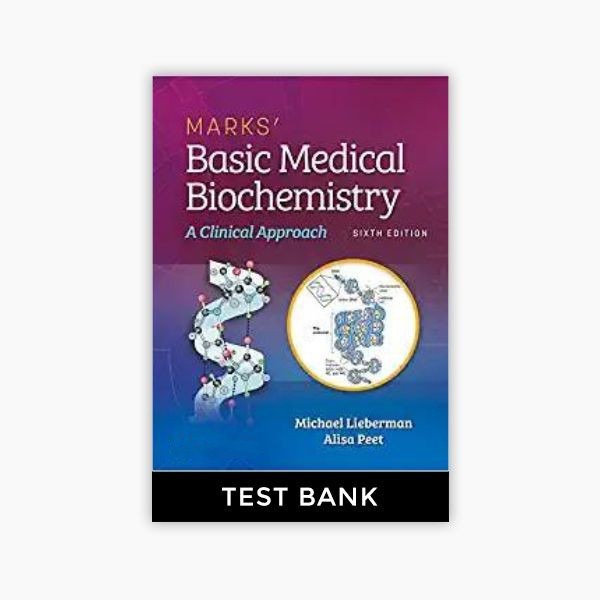




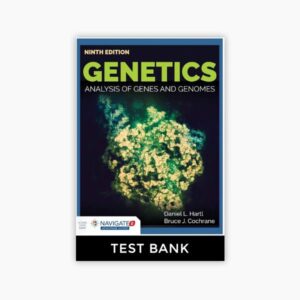
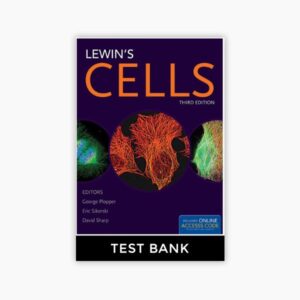
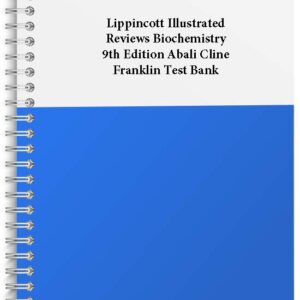
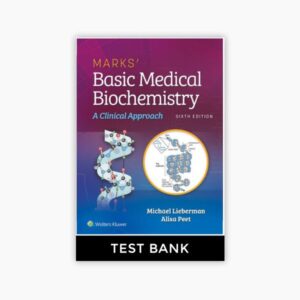
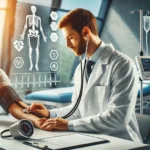
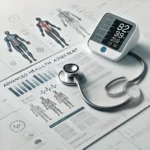


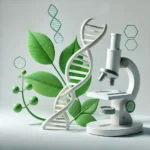



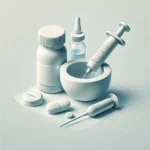

Reviews
There are no reviews yet.